Search
Remove Ads
Advertisement
Summary 
Loading AI-generated summary based on World History Encyclopedia articles ...
Search Results

Article
The Printing Press & the Protestant Reformation
The printing press, credited to the German inventor and printer Johannes Gutenberg (l. c. 1398-1468) in the 1450s, became the single most important factor in the success of the Protestant Reformation by providing the means for widespread...

Definition
Johannes Gutenberg
Johannes Gutenberg (l. c. 1398-1468) was the inventor of the printing press (c. 1450) who seems to have developed the device from wine and oil presses of the time. Gutenberg’s printing press not only revolutionized book making but literally...

Image
Roman Wine Press (Reconstruction)
A reconstruction of a Roman wine press. (Empuries Archaeological Site, Spain)
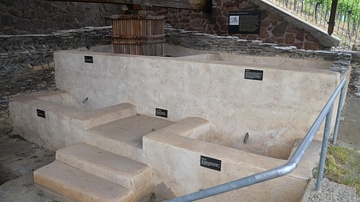
Image
Brauneberg Roman Wine Press
A reconstructed Roman wine press dated to the mid-3rd century CE is located on the edge of the “Brauneberger Juffer” vineyards opposite the municipality of Brauneberger, Germany. It is the best-preserved wine press found in the Moselle valley...
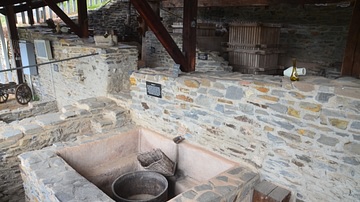
Image
Piesport Roman Wine Press
A reconstructed Roman wine press dated to the 4th century CE is located on the edge of the famous slopes of the Piesporter Goldtröpfchen vineyard in Piesport, Germany. The structure, measuring 44 metres (144 ft) in length and 20 metres (65...

Image
Gutenberg Printing Press
Printing press invented by Johannes Gutenberg (l. c. 1398-1468).
Gutenberg Museum, Mainz.
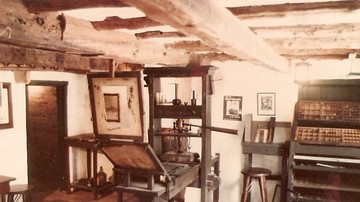
Image
Replica of Gutenberg's Press, Featherbed Alley Printshop Museum, Bermuda
A replica of Johannes Gutenberg's printing press at the Featherbed Alley Printshop Museum, Bermuda.
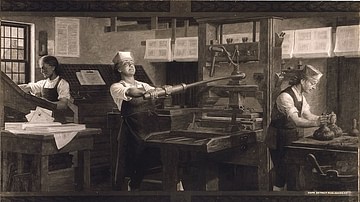
Image
Young Ben Franklin at the Printing Press
Franklin the printer, photograph of a painting by artist Charles E. Mills, c. 1914.
Library of Congress, Washington D.C.
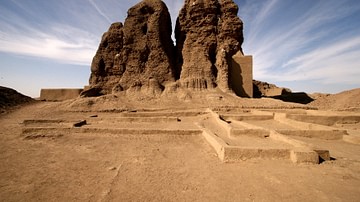
Article
Interrelations of Kerma and Pharaonic Egypt
The vacillating nature of Ancient Egypt's associations with the Kingdom of Kerma may be described as one of expansion and contraction; a virtual tug-of-war between rival cultures. Structural changes in Egypt's administration led to alternating...
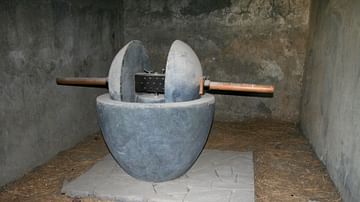
Image
Trapetum Roman Olive Press
A Roman stone olive press known as a trapetum. From Pompeii. The device consisted of a large stone bowl (mortarium) into which the olives were poured and then crushed under two concave stones (orbes) attached to a central beam (cupa) fixed...